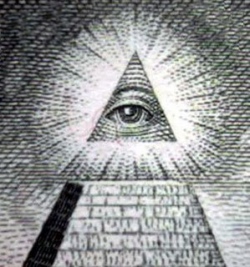
It’s a behavior pattern that has emerged in a number of realms and many are taking note. Michael Kimmelman, of the NY Times, noticed it while he sat and sketched in the Louvre. The visitors to the museum weren’t actually engaging with the art work. They either walked blindly through the galleries or were primarily focused on their personal digital machinery. Rather than directly experience the work in front of them, they seemed to be under the impression that paintings and sculptures can be collected in a digital camera for viewing at a later, more convenient time.
There was a time when people making the grand tour of Europe’s cultural treasures would prepare themselves by learning to make pencil sketches. Their sketching and painting were not primitive modes of recording images— they were, and are, modes of seeing and understanding (in the sense of making connections). We are not allowed to touch paintings in a museum; we can’t take our fingers and trace the shapes to feel their relationship to the entire composition. We can, however, accomplish this touching through seeing with a pencil and a sketch pad.

As we wander the world and only act as digital sample (sound/vision) collectors, we are not present in real time. We act today for the future time when we can look back on the present. As McLuhan said, we live our lives in the “rear view mirror.” We mechanically collect the digital artifacts of what might have been our own experience. We exclude ourselves from the real-time moment in favor of standing apart and playing the role of the recording machine operator at the service of the great digital archive (the Simulation).
The tragedy is that many miss the real experience because they’re busy collecting, and then they never even go back to reflect on what was collected. They don’t even bother to look in ‘the rear view mirror.’ They miss the sound and its echo, the image and its afterimage. They’re caught in the shadow between the motion and the act, losing all contact with our life in real time as mortals on this earth.
V
Here we go round the prickly pear
Prickly pear prickly pear
Here we go round the prickly pear
At five o’clock in the morning.
Between the idea
And the reality
Between the motion
And the act
Falls the Shadow
For Thine is the Kingdom
Between the conception
And the creation
Between the emotion
And the response
Falls the Shadow
Life is very long
Between the desire
And the spasm
Between the potency
And the existence
Between the essence
And the descent
Falls the Shadow
For Thine is the Kingdom
For Thine is
Life is
For Thine is the
This is the way the world ends
This is the way the world ends
This is the way the world ends
Not with a bang but a whimper.


